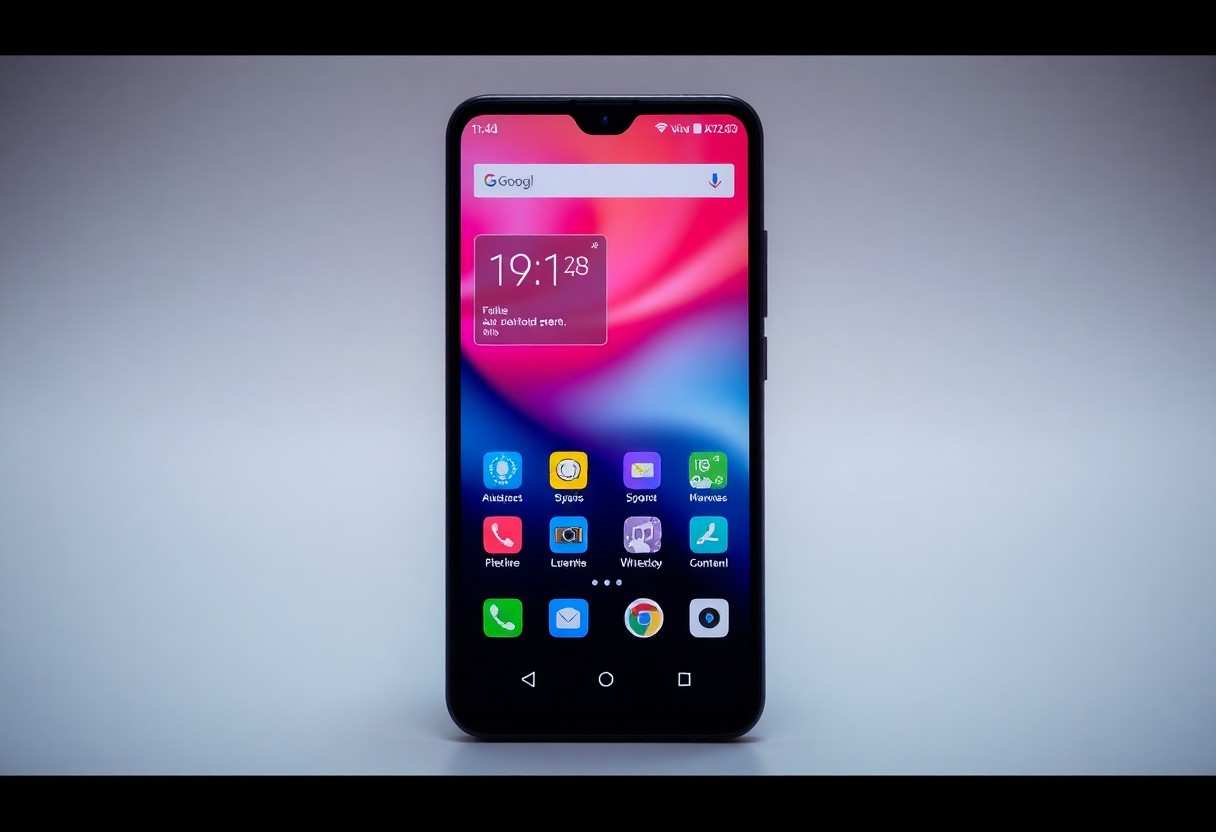Over the past few years, Apple has engaged its users with innovative iOS updates, resulting in a mix of excitement and uncertainty surrounding new software releases. As you consider whether to join the iOS 26 Public Beta or stick with the Stable Release, it’s necessary to understand the differences between these two versions. This post will guide you through the features, benefits, and potential downsides of each option, helping you make an informed decision that aligns with your needs and preferences for your devices.
The Features Showdown: iOS 26 Public Beta vs. Stable Release
The iOS 26 Public Beta introduces a host of exciting features, but the stable release packs the refined experience that most users seek. In this showdown, you’ll discover how the latest enhancements stack up against the stability of the official version. Early adopters of the beta can enjoy exclusive functionalities, while those opting for the stable version benefit from Apple’s thorough testing and feedback implementation.
Key Enhancements in User Interface
The user interface has seen significant changes in iOS 26, with the Public Beta showcasing innovative customization options and interactive widgets. Your home screen experience is elevated with more personalized settings, enabling a tailored aesthetic that reflects your unique preferences, whereas the stable release maintains a more traditional layout, ensuring comfort for long-time users.
Performance Tweaks and Under-the-Hood Improvements
Under-the-hood improvements in iOS 26 focus on speed and efficiency, with the Public Beta featuring aggressive memory management and reduced app launch times. These optimizations bring a noticeable difference in the everyday user experience, as the operating system has been fine-tuned to handle multitasking more seamlessly.
Memory management tweaks in iOS 26 ensure that background applications consume fewer resources, leading to a smoother overall experience. For instance, early beta feedback indicates that users have reported up to 20% faster app launch times compared to prior versions. Additionally, battery performance is optimized, with better usage data allowing you to identify demanding apps. These under-the-hood improvements cater to a more efficient workflow, particularly for power users who rely heavily on multitasking and performance-intensive applications. So, depending on how you use your device, you might find these enhancements particularly appealing in the beta version.
Navigating the Risks: Pros and Cons of the Public Beta
| Pros | Cons |
|---|---|
| Access to the latest features ahead of time. | Potential for system instability and crashes. |
| Opportunity to provide feedback to developers. | Increased risk of bugs affecting usability. |
| Ability to test compatibility with apps. | Limited customer support for beta issues. |
| Engagement with a community of other beta testers. | Data loss risks due to glitches. |
| Contribute to the development process. | Negative impact on device performance. |
Unveiling the Potential Glitches and Bugs
Opting for the public beta means you might encounter various glitches that disrupt your daily tasks. Bugs can range from minor interface issues to significant performance bottlenecks, impacting how well your device operates. Early testers often report problems like app crashes or connectivity issues, which can deter productivity and lead to frustration. Understanding that these hiccups are part of testing is vital, but they can still be unnerving for those reliant on their devices for critical activities.
The Allure of Early Access to New Features
Being a part of the iOS 26 public beta grants you the thrill of exploring innovative features that the stable release users won’t see for some time. Enjoy trying out the redesigned interface, enhanced privacy settings, or any cutting-edge functionalities introduced. Being the first to experience these updates not only satiates your curiosity but also puts you at the forefront of technology trends among your peers.
This early access appeals to tech enthusiasts who relish the opportunity to shape user experiences. Engaging with these features in their initial form gives you a unique perspective that may help you make informed choices about your future device updates. Participation in this phase allows for direct influence on future improvements as feedback from beta testers is often taken seriously by developers. Hence, the chance to mold your device’s capabilities is an enticing prospect for many eager users.
Stability vs. Innovation: Which Should You Prioritize?
Your choice between the iOS 26 Public Beta and the stable release centers on what you value more: cutting-edge advancements or dependable performance. For users keen to explore new features and enhancements, the beta is compelling, while those who need reliable functionality for everyday tasks might find the stable version more appealing. Evaluating your own needs can significantly influence your decision-making process.
Analyzing the Trade-offs Between Reliability and Novelty
Considering the trade-offs between reliability and novelty is crucial as you decide on the iOS version. The stable release offers a polished, tested experience that minimizes bugs and issues, which is advantageous for daily tasks. Conversely, the Public Beta provides the latest innovations but does come with the real risk of instability. Balancing your appetite for experimentation with the necessity for a dependable device informs a wise choice.
User Scenarios: When to Choose the Stable Release
Opting for the stable release makes the most sense in specific scenarios, particularly if you rely on your device for work or critical functions. For professionals who use their iPhone for clients, project management, or communication in a fast-paced environment, consistent performance is paramount. Additionally, families or users who need devices for education may benefit from the reliability that a stable version offers, ensuring loss of access or functionality doesn’t disrupt their day-to-day activities.
In circumstances where your iPhone serves crucial roles, such as managing schedules, conducting business meetings, or accessing vital tools or apps, the stable release is the preferred option. You can avoid potential interruptions and bug-related frustrations that often accompany beta versions. Families with children or individuals who use their devices for remote learning also need the assurance that their technology will function seamlessly during critical times. Thus, opting for the stable release can safeguard against the unpredictability of beta software while ensuring your needs are met effectively.

The Installation Process: What You Need to Consider
Deciding whether to install the iOS 26 Public Beta or the stable release involves evaluating your readiness for potential bugs and performance issues. Public Betas often contain experimental features that can occasionally cause disruptions. Therefore, your device’s primary usage, along with the capacity to manage possible inconveniences, should heavily influence your choice.
Step-by-Step Guide to Installing the Public Beta
| Steps | Description |
|---|---|
| 1. Sign in to Apple Beta Software Program | Use your Apple ID to log in and enroll your device. |
| 2. Back up your iPhone/iPad | Utilize iCloud or iTunes to ensure your data is safe. |
| 3. Download the Beta profile | Access the public beta page and download the configuration profile. |
| 4. Install the profile | Go to Settings > General > VPN & Device Management to install. |
| 5. Update your device | In Settings > General > Software Update, download and install iOS 26 Beta. |
Preparing for the Transition: Backup and Best Practices
Transitioning to the iOS 26 Public Beta requires thoughtful preparation to safeguard your data and ensure a smooth experience. Backing up your device must be a top priority, allowing you to restore everything in the event of complications with the beta software.
Backing up can be done easily via iCloud by going to Settings, tapping your name, then selecting iCloud and choosing to back up your device. Alternatively, a full backup using iTunes ensures all your files, settings, and apps are ready to be restored. Additionally, consider creating a list of imperative apps and files, making it easier to manage any compatibility issues after the update. Staying engaged with the beta community for troubleshooting tips and updates can also enhance your experience and preparedness.
Community Feedback: Insights from Beta Testers and Early Adopters
Gathering insights from beta testers and early adopters reveals a fascinating tapestry of experiences with iOS 26. Many users are eager to explore new features, but some express concerns about stability and performance. Depending on personal usage patterns and device compatibility, feedback varies greatly, guiding potential users toward smarter choices.
Recurring Themes in User Experiences
Users frequently highlight the thrill of accessing advanced features, like enhanced privacy options and redesigned apps, but also share frustrations with bugs and occasional crashes that disrupt daily tasks. Most complaints revolve around specific apps failing to function correctly or battery drains that weren’t present in previous versions. These recurring themes reveal a true dichotomy between excitement and apprehension within the beta user community.
The Role of Community in Shaping Future Releases
The community plays a significant role in influencing the direction of future iOS releases. User feedback informs Apple about potential improvements, helping to prioritize bug fixes and feature updates that matter most to users. Moreover, developers watch these trends closely to tailor their applications accordingly, ensuring compatibility and maximizing user satisfaction as iOS continues to evolve.
A prime example of community-driven influence is the impact of discussions within forums and social media channels, where users share experiences and solutions. These platforms amplify voices that lead Apple to address pressing issues, often resulting in rapid patches or updates in response to feedback. This dialog between the company and its users not only fosters a sense of community but also drives innovation, guaranteeing that future releases align closely with user expectations. By participating in this feedback loop, you have the chance to shape the iOS landscape into one that best fits your needs and preferences.
Final Words
With this in mind, choosing between the iOS 26 Public Beta and the stable release depends on your needs and comfort with potential bugs or issues. If you value having the latest features and are willing to troubleshoot, the Public Beta is an exciting option. However, if you prioritize reliability and a seamless experience for daily use, the stable release is the way to go. Assess your own preferences and requirements, and make an informed decision that best serves your needs in the ever-evolving world of iOS updates.








